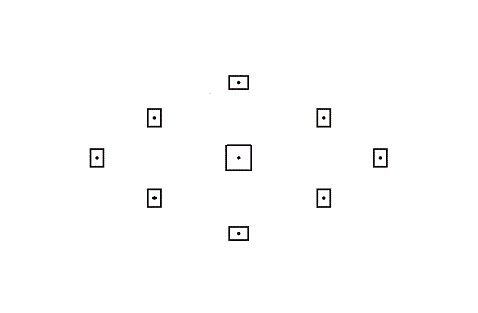Aperture is a hole within a lens, through which light travels into and is expressed in f-numbers. These f-numbers that are known as “f-stops” are a way of describing the size of the aperture, or how open or closed the aperture is. A smaller f-stop means a larger aperture, while a larger f-stop means a smaller aperture.

It has a direct impact on the depth of field which is the area of the image that appears sharp (depth of field is defined as “the zone of acceptable sharpness in front of and behind the subject on which the lens is focused.”)

For portraits we separate our subject from the surroundings by using “selective focus.” Choosing a large aperture (lower f number) which creates a shallow depth of field with only the subject in focus. This helps direct the viewer’s attention to the subject.

In a landscape or scenic photograph you usually want to see as much detail as possible from foreground to background, wanting to achieve maximum depth of field by choosing a small aperture (higher f number).
















